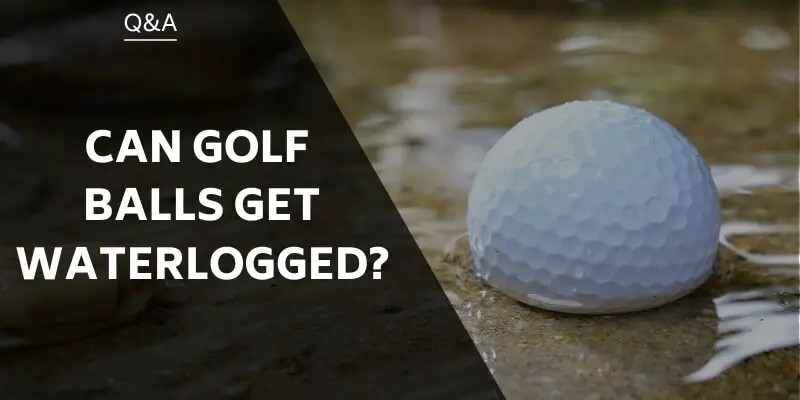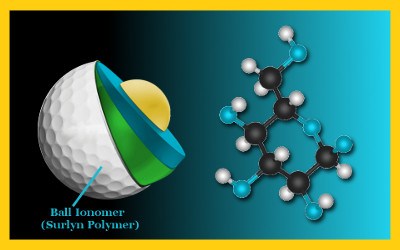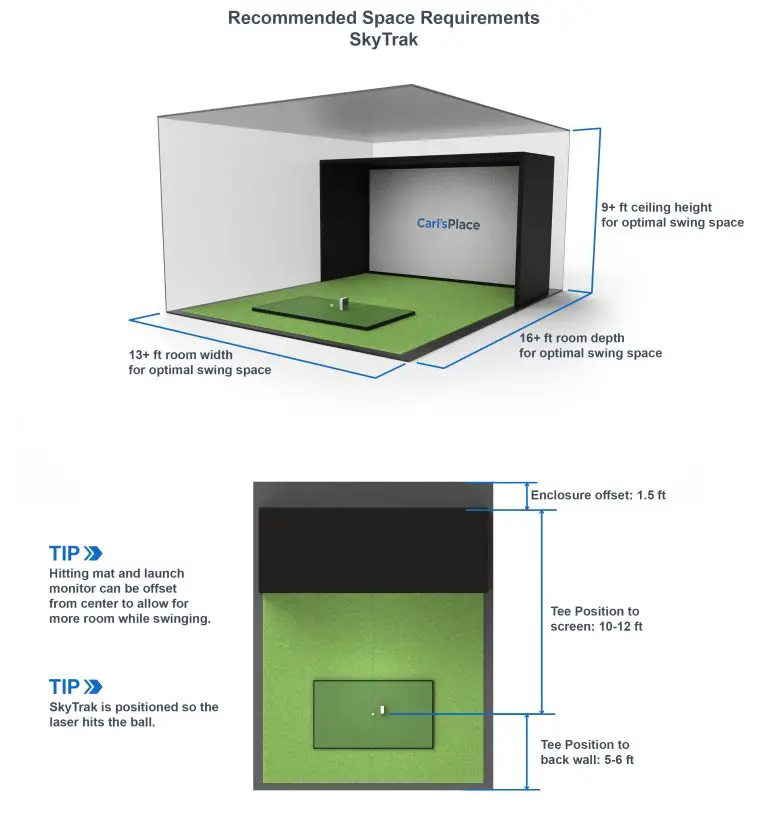Can Golf Balls Get Waterlogged

Golf is a sport that requires a combination of skill, precision, and focus. One of the essential components of the game is the golf ball. However, like any other object, golf balls are not immune to the effects of water. It is a common question among golfers whether golf balls can get waterlogged, and if so, what impact does it have on the game?
The ability of a golf ball to absorb water depends on several factors, including the materials used in its construction, weather conditions, and exposure to water. Golf courses with water hazards and wet conditions can increase the likelihood of golf balls getting waterlogged. The compression of the ball can also be affected, which can impact the distance the ball travels and its accuracy.
In this article, we will explore the factors that affect whether golf balls can get waterlogged and the impact of waterlogging on performance. We will also discuss ways to prevent waterlogging of golf balls, including proper golf ball care and maintenance, high-quality materials, and golf course design. Additionally, we will discuss emerging technologies designed to prevent waterlogging of golf balls.
Understanding the issue of waterlogged golf balls is essential for golfers and golf course designers to optimize the game’s performance and minimize the impact on the environment. By taking steps to prevent waterlogging of golf balls, golfers can improve their game and preserve the integrity of the sport.

Factors That Affect Whether Golf Balls Can Get Waterlogged
Several factors affect whether golf balls can get waterlogged, including the type of golf ball and its materials, weather conditions and exposure to water, golf course design and hazards, and golf ball maintenance and care.
Golf balls come in different types, including two-piece, three-piece, and four-piece balls. The number of pieces in a golf ball refers to the number of layers in the ball. The materials used in the layers can affect whether the golf ball can get waterlogged. For example, golf balls with a urethane cover are less likely to get waterlogged than balls with a surlyn cover.
Weather conditions and exposure to water also affect whether golf balls can get waterlogged. Rainy and wet conditions can cause golf balls to absorb water, which can affect their performance. The design of the golf course can also impact whether golf balls can get waterlogged. Courses with hazards such as water and sand traps can increase the likelihood of golf balls getting waterlogged.
Proper maintenance and care of golf balls can also prevent waterlogging. Golfers should avoid hitting balls into water hazards and should inspect their golf balls for damage regularly.
Can Golf Balls Get Waterlogged?
To answer the question of whether golf balls can get waterlogged, we first need to understand what it means for a golf ball to be waterlogged. When a golf ball absorbs water, it can become heavier, lose its compression, and change its flight characteristics.
Scientific analysis of golf ball materials has shown that golf balls can absorb water, and the amount of water absorbed depends on the materials used in the ball. Urethane-covered balls are less likely to absorb water than surlyn-covered balls.
Historical examples of waterlogged golf balls include the 1987 U.S. Open, where rain caused golf balls to become waterlogged and led to controversy over whether to continue play. In the end, play was suspended until the course could dry out.
Impact of Waterlogged Golf Balls on Performance
Waterlogged golf balls can have a significant impact on performance. When a golf ball absorbs water, it becomes heavier and can lose its compression. This can affect the distance the ball travels and its accuracy.
Waterlogged golf balls can also affect the spin and trajectory of the ball. When a golf ball spins, it generates lift, which affects its trajectory. Waterlogged golf balls may not spin as much as dry balls, which can result in a lower trajectory.
Golf ball compression is also affected by waterlogging. Compression refers to the amount of deformation a golf ball undergoes when struck. Waterlogged golf balls may not compress as much as dry balls, which can affect the ball’s performance.
Preventing Waterlogging of Golf Balls
There are several ways to prevent waterlogging of golf balls. Golfers can take steps to prevent waterlogging by using high-quality golf balls with materials that are less likely to absorb water. Golfers can also avoid hitting balls into water hazards and inspect their balls regularly for damage.
Proper golf ball storage and maintenance can also prevent waterlogging. Golf balls should be stored in a dry place and kept away from water. Golfers should also inspect their golf balls regularly for damage and replace any damaged balls.
Golf courses can also take steps to reduce the likelihood of waterlogged golf balls. Courses can design hazards such as water and sand traps in areas where they are less likely to impact play. Courses can also improve drainage to reduce the amount of water that collects on the course.
In recent years, new technologies have emerged to help prevent waterlogging of golf balls. For example, some companies have developed golf balls with coatings that repel water, while others have developed biodegradable golf balls that break down over time and do not pose a hazard to the environment.
Conclusion
In conclusion, golf balls can get waterlogged, and several factors contribute to the likelihood of waterlogging. The materials used in the golf ball, weather conditions, golf course design, and maintenance and care of the golf ball can all affect whether a golf ball can get waterlogged.
Waterlogged golf balls can have a significant impact on performance, affecting distance, accuracy, spin, trajectory, and compression. Preventing waterlogging of golf balls involves taking proper care and maintenance of the golf ball, using high-quality golf balls with materials that are less likely to absorb water, and designing golf courses to reduce the likelihood of waterlogged golf balls.
As golf continues to evolve, new technologies are emerging to help prevent waterlogging of golf balls. By taking steps to prevent waterlogging of golf balls, golfers and golf courses can improve the overall experience of the game and help preserve the environment.






